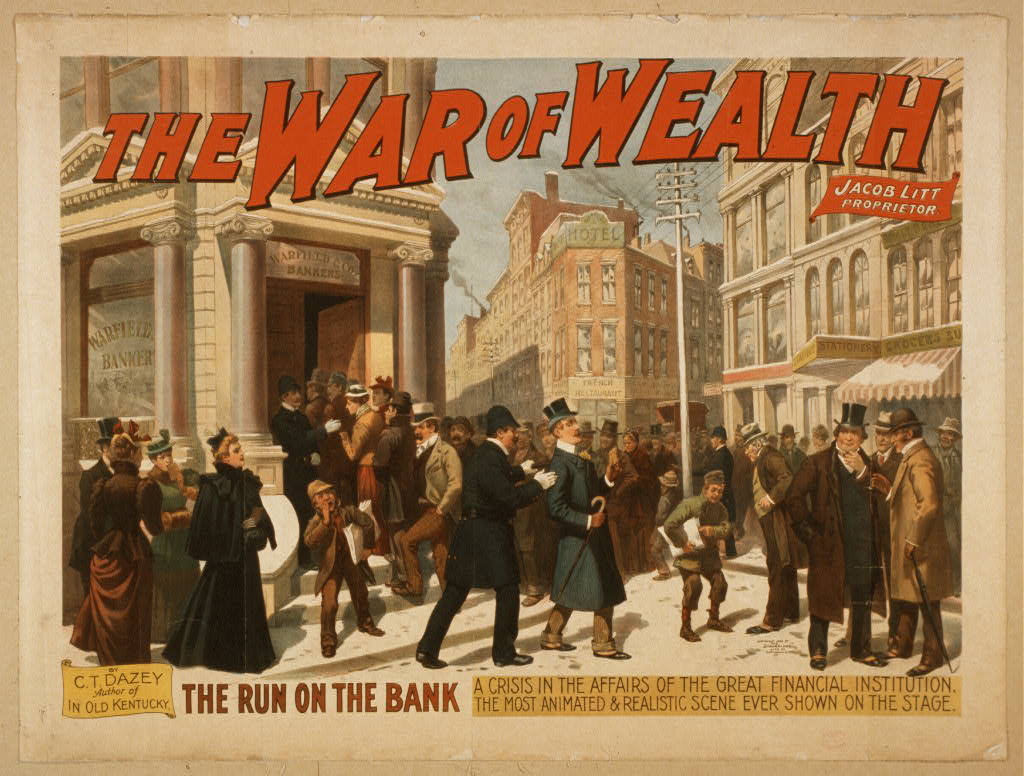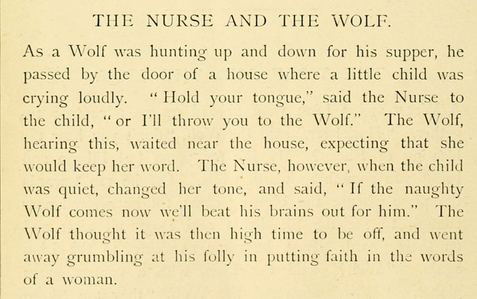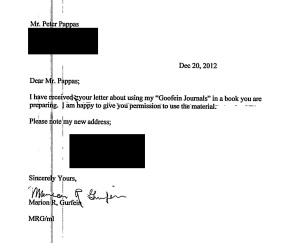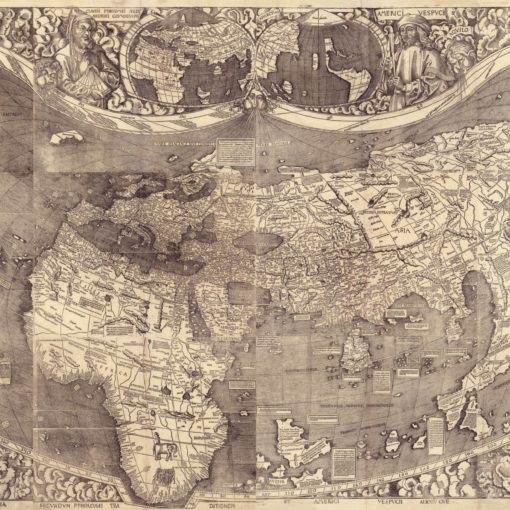Primary sources, especially a series of related documents, are revealing windows into past events, places, and people’s lives. When we look at primary sources like this, no matter how unfamiliar the documents are, we can ask questions to help us construct a story of an event or era.
The key here is to choose images and/or documents that depict specific events or times in history. The Library of Congress’ digital collections are a great place to start.
Procedure:
- Put images into a folder in random order.
- Have students analyze the documents for contextual clues. Ask students to think about the “5 W’s” (who, what, when, where and why) for each image/document.
- Then, based on what they discover, have students identify the common theme/topic/content evident among the primary sources by answering the student questions below.
- The objective is to begin constructing a story of an event or era by analyzing and interpreting primary sources after completing an analysis.
Student Questions During Primary Source Analysis:
- What does the title tell you about the source?
- What clues are there about the location and date?
- Describe who/what you see in this image/document.
- Make a hypothesis about what you think is happening.
- What important historical information does this source provide?
- What is missing from the source?
Student Questions After the Primary Source Analysis:
- What is the common theme across the sources?
- What information from each source did you use to identify the common theme?
- What do you know about the common theme based on the information found in the sources?
- What questions do you have about the people and/or events illustrated in the images?





